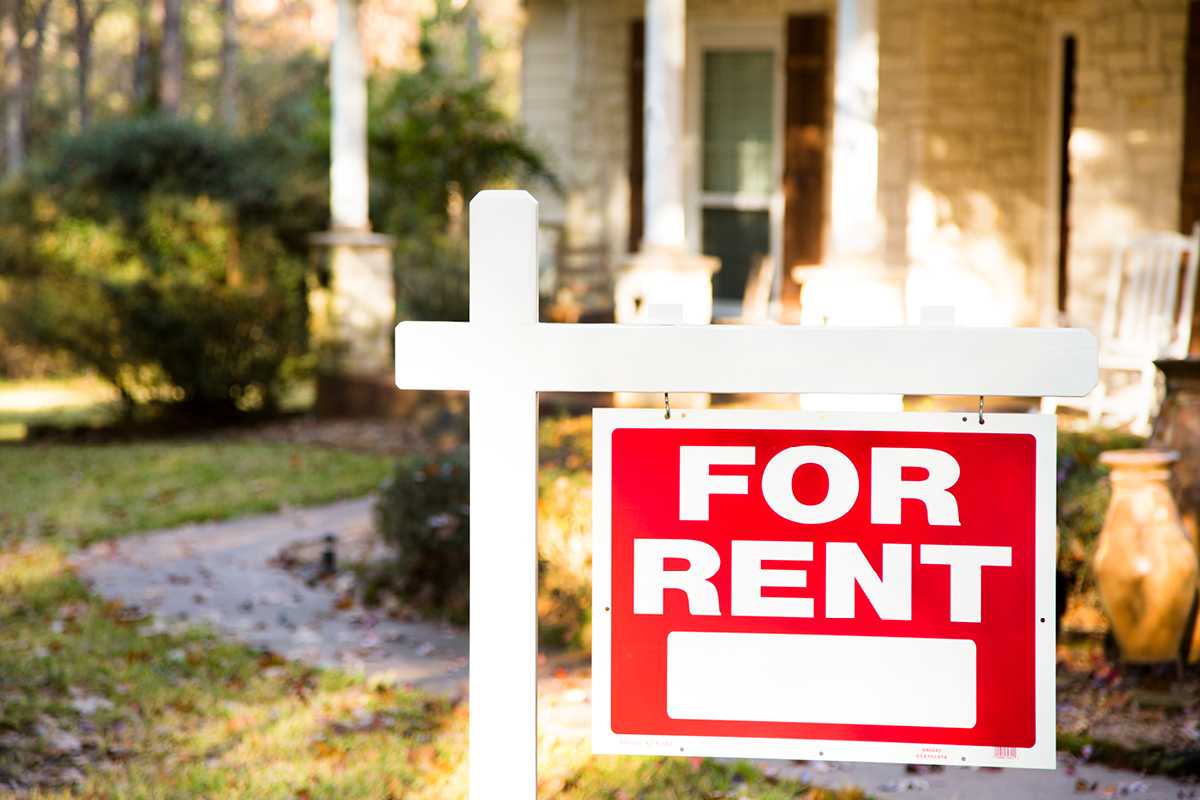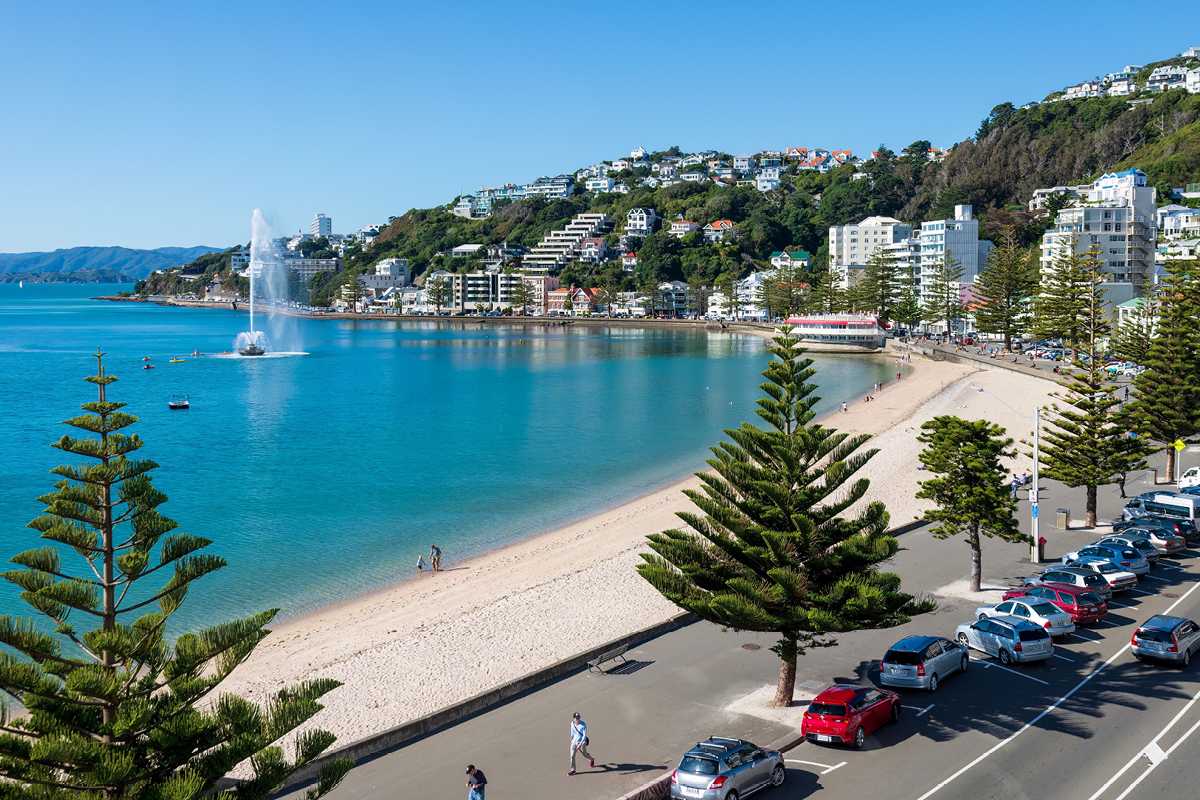
Housing bubble bursts, but prices and rents inflate
Prices for homes are on the rise since the housing price boom bubble ended, and so are rents, data from New Zealand Property Information show.
25 March 2024
House prices and rental prices are up by more than seven per cent year-on-year for the country as a whole.
The New Zealand average house price bottomed at $888,999 in July last year, and after seven months by February this year the average house price was $925,812, a 4.1 per cent rise.
However, NZ Property Information analyst John Butt says it looks different in each region. One of the extremes is Wellington where the rise is 7.3 per cent in seven months, although Lower Hutt bottomed a month later and the rise is 5.7 per cent in six months.
“All this says is that average house prices rise at different rates in different regions. So do household incomes change regionally at different rates?”
Butt says while household incomes are clearly growing quickly, possibly at seven per cent annualised, the national sales price rise is more complicated than a simple 4.1 per cent, as each region has supply/demand differences that have impacted prices during the bubble:
- Auckland rental prices are not rising quickly due to oversupply this year
- Hamilton has a shortage of homes, so prices are up but rental prices are lower than expected if rental supply is not meeting demand. Inventory suggests supply is low, so maybe there is another activity – for example, a dominant property manager not advertising properties
- Bay of Plenty has been consistently short of supply for rentals and sales, yet price rises are about normal, most likely because existing prices are high in a supply restricted market
- Wellington has a surplus of properties for sale as well as rent, so prices have been held down on rents, even declining some months. So why have house prices risen so high? Because Wellington house prices reacted to the end of the bubble by becoming over depressed
- Christchurch rentals appear to be in balance, but actual prices are low, so this sharp increase may be a correction
- Otago seems to be roughly the same as New Zealand.
Rents on the up
Meanwhile, bond data from Tenancy Services shows the national median rent was $608 a week in January this year, up $33 a week compared with a year ago and up $28 a week compared to December last year.
The biggest increase was in Otago as students rushed to secure properties for the beginning of the academic year. Otago’s median rent rose from $520 a week in December to $675 in January.
In Auckland – the country’s biggest rental market – rents have not moved since September last year when the median weekly rent hit $650. However, the median rent rose by $40 a week in the first half of the year.
Prices match incomes
Butt says it turns out to be easy to see the real impact of house prices in the regions.
“Simply index the data to household incomes as I have for 10 years now for rentals. In house prices, this is often called the affordability index, which shows how many years it takes for a household to earn the price of a house. Household income is not a wage earner’s income, but potentially many earners in a household.
“As I have proven frequently over the past 10 years in rentals - prices match household income with minor differences if supply-demand becomes unbalanced. Data turned to information makes current rises appear to be as expected given current supply/demand situations in each region.”
In Wellington, Christchurch and Hamilton house prices are about seven times household income, Auckland is higher at 9.5 but falling while Tauranga, with considerable growth issues, has trended up to 9.7.
Still too high
Housing Minister Chris Bishop wants house prices to be three to five times household income – well below what they are now in most of the country.
Unfortunately, a house today is a different product from a house in his “internationally popular metric.”
Bishop says the country has an affordability problem and has done so for 30 years because it has a planning system that has made it difficult to build more housing. “It is a social and economic problem we’ve simply got to grapple with.”
Butt says the planning system may or may not be partly to blame, but its measurable that permanent price rises occurred in two periods when major changes were added to building codes (insulation requirements in 2003 and scaffolding in 2013) resulting in house price increases as new builds competed with existing homes.
“Adding excellent but impossible to reverse improvements to the code raises the prices of all homes because many improvements are imbedded in existing homes,” he says.
Regular updates to materials have also increased costs. For example, increasing insulation thickness (happening again right now) and increased timber treatment.


